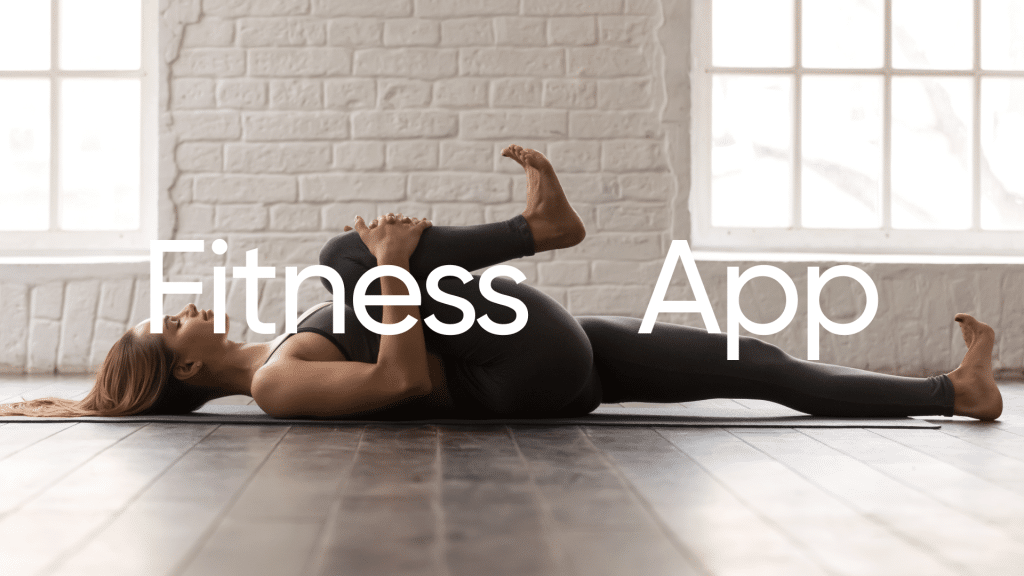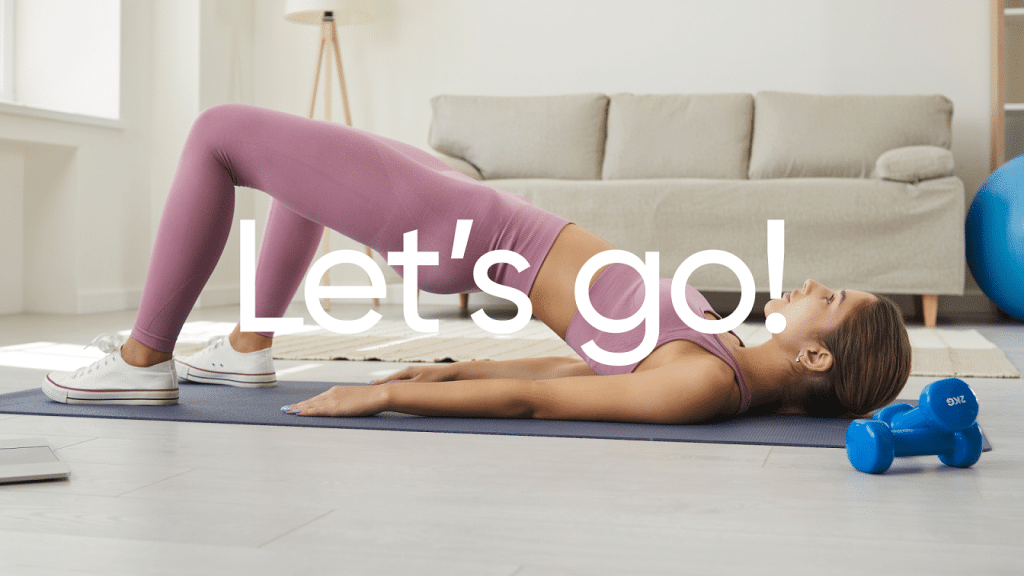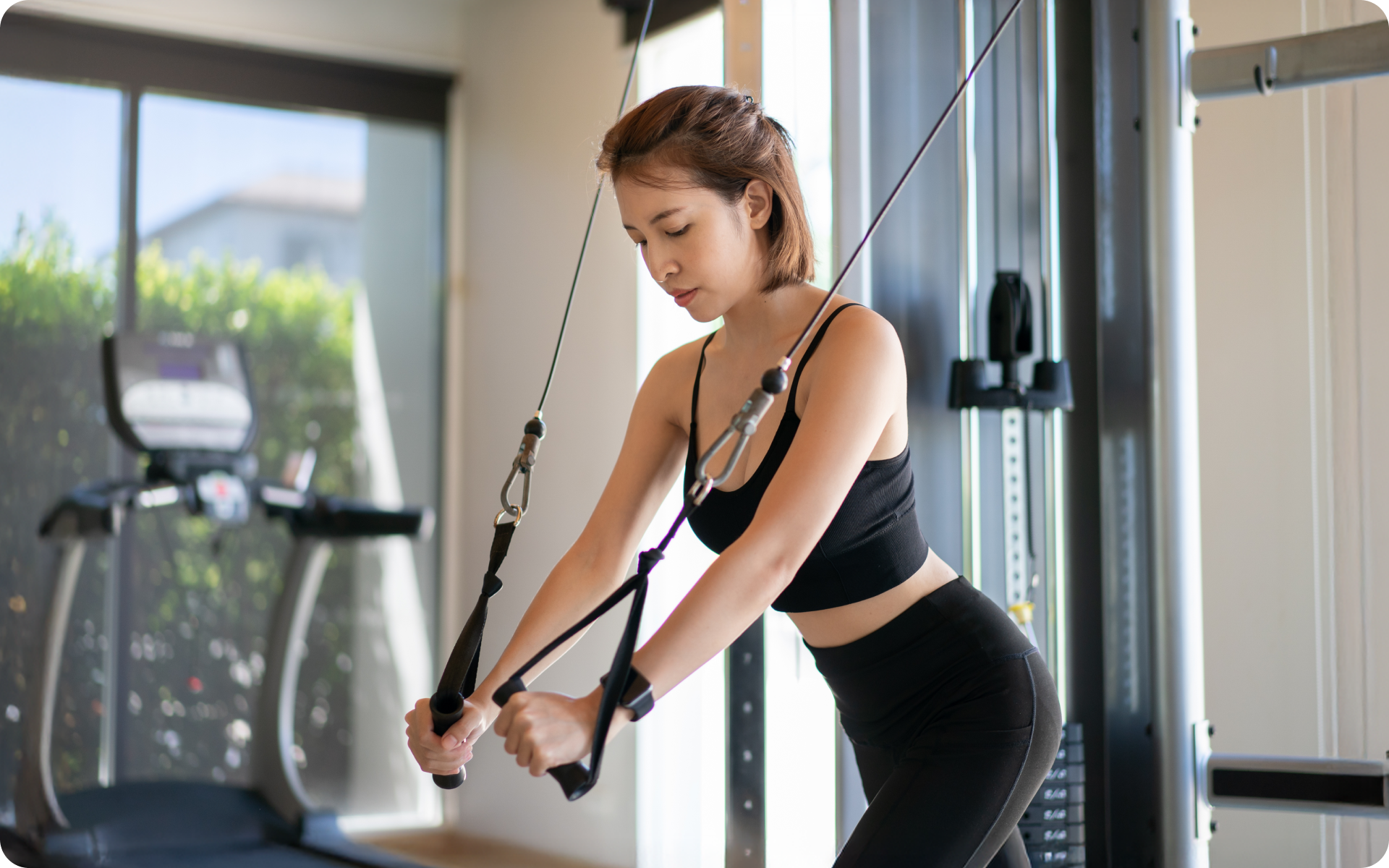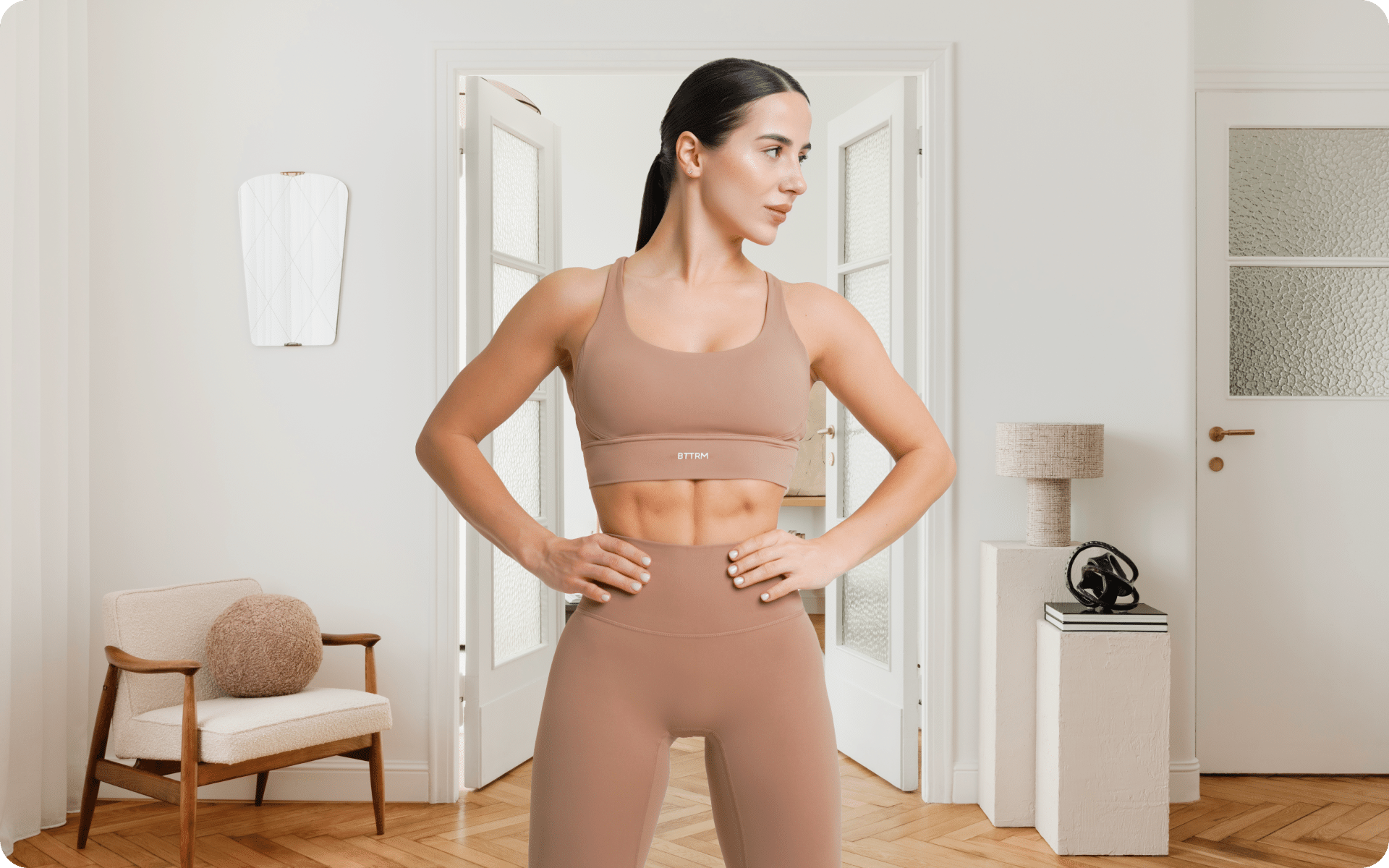Seems like almost everyone in the gym these days is trying to get a defined or well-sculpted butt. Fitness experts advise such individuals to focus on doing exercises targeting glutes, such as hip thrusts and glute bridges. However, the problem is that people want to know the OG when comparing a glute bridge vs hip thrust. After all, who doesn’t want to work out with the best exercise for faster or effective results? With this in mind, which of the two is the number one recommended glutes exercise? Take a look.
In this article, we will focus on the glute bridge vs hip thrust differences. We want to get into the technique of both exercises, what they entail, their benefits, drawbacks, and so on. In the end, we will name the OG glute move of the two, based on our discussions. Stick around to find out which of the two exercises takes the prize home.
Glute Bridge Vs Hip Thrust: Definition
As the name suggests, a glute bridge refers to a move that targets the glutes. You have probably done it before but might not be familiar with the move. It involves lying on the floor and then lifting your hips towards the ceiling. You do this consistently to give your glutes a proper workout.
A hip thrust refers to an exercise that works on your glutes and hip flexors. It also has you lifting your hips to give them and your butt a proper workout. To someone who has never done these two moves before, there is no difference between a glute bridge and a hip thrust. That said, there are so many differences, as we will soon find out.
Read More: Best Leg Exercises To Rock Your Quads, Glutes, And Hamstrings
Glute Bridge Vs. Hip Thrusts: How Do You Perform Each?
To most beginners, both the glute bridge and the hip thrust look entirely the same. However, there are significant differences between the two exercises. The most notable difference lies in how they are performed. These two moves may look the same, but there are tiny aspects that set them apart. Let us take a look at how you perform both of these exercises:
How To Do Glute Bridges?
It is pretty easy to do a glute bridge. However, most people are fooled by its easy technique and end up sustaining injuries. Like any other exercise, a glute bridge can result in injuries if you do not master the correct technique. Without further ado, here is how you do this exercise (6):
- Lie on your back and bend your knees. Make sure that your feet are firmly pressed on the floor about hip-width apart. Keep your back straight and your arms by your sides. Your palms should also be facing down.
- Contract your butt and pelvic floor muscles, and then slowly start lifting your butt off the floor. Use your palms to push you up as you lift your butt from the ground. Keep your head facing the ceiling and back straight throughout the movement.
- Lift your butt a few inches off the ground or to your limit of comfort. You can also try to lift it until it aligns with your shoulders and knees. Clench your butt when you lift it and hold this position for three to eight seconds.
- Relax your pelvic floor and butt muscles, and then slowly lower your butt to the ground.
- Repeat and complete two to three sets, each consisting of ten repetitions.
Key Pointer:
Completing two or three sets as a beginner can be challenging. Try to start with one set and then increase the sets or reps over time as your pelvic floor strength increases. Similarly, you can choose to incorporate a barbell, making you perform a barbell glute bridge.
A barbell glute bridge is mainly recommended for individuals in the advanced fitness level. Remember to pick a barbell with comfortable weights to avoid any injuries. Likewise, remember to use a barbell pad and place it between your hips and the bar to prevent any discomfort.
How To Do Hip Thrusts?
Hip thrusts are entirely different from glute bridges because you will need a bench to perform this move for one. Make sure that the bench is sturdy and does not slide or move during the movement to avoid sustaining injuries. Once you have found a sturdy bench, follow these steps (2):
- Start in a seated position on the floor. Make sure your knees and feet are flat on the ground.
- Rest your shoulder blades against your sturdy bench. The major mistake most people make at this step is resting their necks on the bench instead of on their shoulder blades. Consequently, when they start doing this move, neck injuries are very likely. Take note of the fact that you should rest on your shoulder blades instead of on your neck.
- If you are doing a barbell hip thrust, you will need to incorporate the weights at this juncture. First, add comfortable weights to the bar. Additionally you may use a pad and place it on top of your hips to avoid any discomfort.
- After placing the weights on your hips, bend your knees and let your feet rest firmly on the floor, at a comfortable distance apart.
- Start to lift your hips towards the ceiling slowly. This includes also lifting the weights resting on your hips. Lift your hips as far as you can or until your back is parallel to the floor.
- Squeeze your glutes and engage your core when lifting your hips. Remember to clench the butt muscles once you have raised your butt and hips as high as possible.
- Hold this position for three to five seconds before releasing.
- Repeat at least five to eight times.
Key Pointer:
As mentioned above, do not rest your neck but your shoulder blades against the bench. Similarly, remember to slowly lower your butt towards the ground when releasing during the move. This will give your butt muscles an extra workout. Additionally, it will prevent you from injuring yourself from the quick pace (2).
BetterMe app is a foolproof way to go from zero to a weight loss hero in a safe and sustainable way! What are you waiting for? Start transforming your body now!
Glute Bridges Vs Hip Thrusts: Which Is More Beneficial?
There is a great comparison of barbell hip thrust vs barbell glute bridge or glute bridge vs hip thrust. It so happens that people want to understand which of the two has more benefits, ie, worth performing. The thing is, both exercises have tremendous payoffs. Likewise, the two exercises also have their drawbacks. Let us analyze the benefits and risks of performing these two moves.
Benefits And Risks Of Doing Glute Bridges
Doing glute bridges constantly has the following advantages:
-
Getting A Defined Butt
According to Medicine Net, the secret to getting a well-defined butt and thighs is targeting particular muscle groups. These include your hamstrings, quadriceps, and glutes (8). A glute bridge targets all these muscle groups, so it is effective for sculpting your behind.
-
Fixing Anterior Pelvic Tilt
Anterior pelvic tilt refers to the instance when your pelvis, including your pubic and hip bones, tend to tilt or rotate forward (5). According to Medical News Today, this occurs when there is a muscle imbalance in the lower half of your body (5).
An anterior pelvic tilt may occur when your quads and hip flexors are tight and overactive (5). You can correct this condition by doing glute bridges.
-
Working Your Back Muscles
The glute bridge exercise is also essential as it helps work the muscles at the back of your body, better known as the posterior chain (10). However, to reap this benefit, you must make sure you correctly position your body throughout the move. You must not arch your lower back.
Try to do this exercise slowly and in the correct form. Besides working your posterior chain, this exercise can also help prevent back pain (9).
-
Reduced Osteoporosis Risk
Doing glute bridges has also been linked to reduced osteoporosis risk (3). According to experts, this exercise increases your bone density, which helps prevent falls. A reduced risk of falling also means a reduced risk of fractured bones (3).
Make sure you talk to your doctor before you start doing this exercise for this sole benefit. They might recommend other osteoporosis care programs instead of just exercise to reduce osteoporosis risk. Similarly, they might advise you on incorporating glute bridges in your exercise program for strengthened muscles to prevent osteoporosis.
Unfortunately, doing this exercise may also result in some health problems. Most of these risks arise when you do not learn the correct glute bridge technique. They are as follows:
-
Back Pain
Back pain is one of the most common problems most people report when working out using this exercise. Remember that you are not required to arch your back. That said, most people do anyways, which is why they experience back pain. If this describes your current condition, stop exercising and seek medical attention if you experience acute back pain that does not alleviate despite trying various home treatments (1).
-
Reaching A Fitness Plateau
You are most likely going to reach a fitness plateau if you keep doing glute bridges daily. This refers to a period when you do not see the exercise results (11). Talk to a professional for more insight on how to get out of such a plateau. They might recommend trying out various glute bridge variations, for example, the barbell glute bridge instead of the traditional one.
Read More: Glute Exercises For Men: Spice Up Your Workout Routine WithThese Glute-Busting Moves!
Pros And Cons Of Doing Hip Thrusts
The benefits of doing the hip thrust exercise are as follows:
-
A Toned Butt
Hip thrusts have been deemed practical butt exercises, and it is no surprise that they help work your gluteus muscles. Working out these muscles eventually helps you get a defined or well-sculpted butt.
-
Improving Glute Strength
Doing hip thrusts increases not only the size of your glutes but also strengthens them. It is crucial to improve your glute strength as it helps you in other ways. For example, glute strength helps in stabilizing your pelvis, core, and lower back.
-
Improved Posture
Most of us tend to develop poor posture with time due to bad habits. These include practices such as sitting down for long periods while hunched over or arching our backs while standing (7). Although it appears harmless, such postures are fatal and lead to dire problems.
Over time, they may lead to muscle weakness and imbalances that cause spasms or stress on your lower back, neck, and shoulders (7). Doing hip thrusts can help correct poor posture. One foundation of this move is good posture, which entails maintaining a straight back and neutral spine.
When you get used to maintaining such a posture during exercise, you also get to correct your posture. Since humans are creatures of habit, you find that we embrace such a posture even when we are not exercising.-
Although doing hip thrusts result in the named benefits, the exercise might also result in the following problems:
-
Neck Pain
Neck pain or stiffness may also occur when you rest your neck instead of your shoulder blades against the bench. Experiencing neck pain or stiffness shows that you have injured the neck muscles. WebMD suggests you try exercises such as nodding, shoulder rolls, and side to side tilts to help alleviate this pain (4).
-
Muscle Cramping
When you are doing a hip thrust, you tend to shorten the muscle over more than just one joint. When this happens, you will get into more slack, which leads to muscle cramping. If you experience a painful cramp, try to massage the cramping muscle or gently stretch it to minimize the pain (12).
Intense sweat sessions, working weight loss tips, lip-smacking recipes come in one package with the BetterMe app. And all of it is at your fingertips, start transforming your life now!
What Is Better Between A Glute Bridge And A Hip Thrust?
The discussion above brings us to our initial question, which of the two is the OG or most effective move for your glutes? Most people may argue it is a glute bridge because it appears to be easier to perform. Others may say it is the hip thrust, perhaps because it is easier or more convenient for them.
But what does science say? Well, fitness experts recommend that you perform both exercises if you want to sculpt your butt. However, experts cannot acknowledge which of the two is more superior. This is because they both have their benefits and downsides. As seen from the above discussion, doing glute bridges and hip thrusts have their pros as well as cons.
It would be easier to name the OG move if one of the two exercises did not have drawbacks or promised more effective results. However, that is not the case. They both have flaws and work efficiently. So, it is safe to say that it is worth creating a variety in your workout plan by incorporating both exercises.
The Bottom Line
The following comparison between a glute bridge vs hip thrust proves that both exercises are beneficial and effective. They both work your glutes and benefit you in other ways. For example, the glute bridge exercise helps reduce osteoporosis risk and fix anterior pelvic tilt.
On the flip side, the hip thrust also helps improve your posture and glute strength. Despite this, these two moves have their disadvantages. Glute bridges can result in back pain and fitness plateau, while hip thrusts could result in muscle cramping and neck pain. It is, therefore, hard to acknowledge the superior move between the two.
DISCLAIMER:
This article is intended for general informational purposes only and does not address individual circumstances. It is not a substitute for professional advice or help and should not be relied on for decision-making. Any action you take upon the information presented in this article is strictly at your own risk and responsibility!
SOURCES:
- Back Pain (2021, medlineplus.gov)
- Barbell Hip Thrust, Muscular Activation and Performance: A Systematic Review (2019, ncbi.nlm.nih.gov)
- Effective exercises for osteoporosis (2021, health harvard.edu)
- Exercises to Ease Neck Pain (2020, webmd.com)
- Exercises to fix anterior pelvic tilt (2018, medicalnewstoday.com)
- How to do pelvic floor exercises (2021, medicalnewstoday.com)
- In a slump? Fix your posture (2021, health harvard.edu)
- Shape Up Your Butt and Thighs (2004, medicinenet.com)
- Slide show: Back exercises in 15 minutes a day (2016, mayoclinic.org)
- What are the best exercises for overall health and fitness? (2020, medicalnewstoday.com)
- What to do about a weight loss plateau (2019, medicalnewstoday.com)
- Why do muscle spasms happen? (2020, medicalnewstoday.com)













